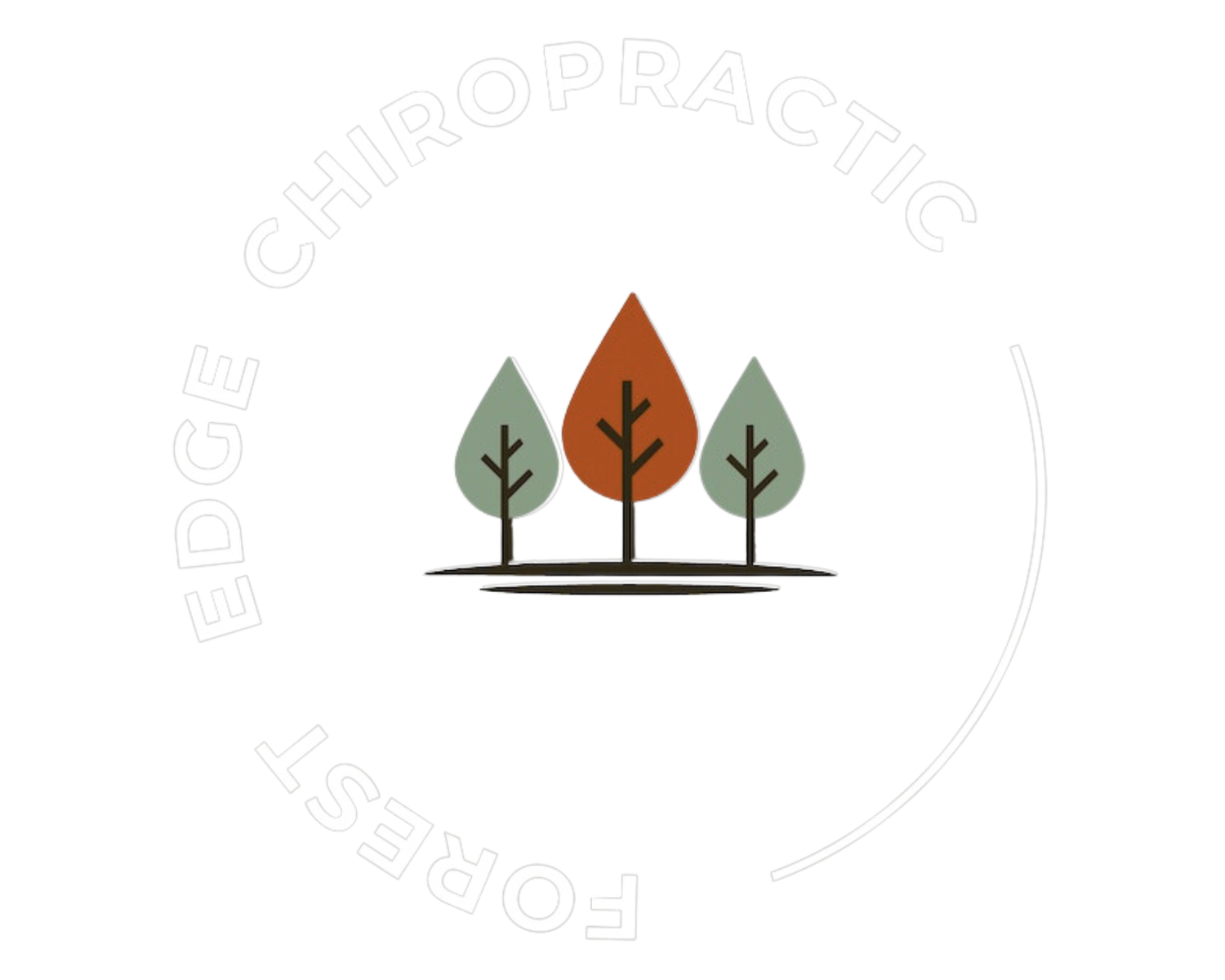Dry Needling and Acupuncture
What is Dry Needling (DN)?
Dry needling is a treatment technique, in which small acupuncture style needles are inserted into specific areas in muscles (knots or trigger points) in order to reduce pain and tension.
These hypersensitive trigger points develop in muscles (and sometimes tendons and ligaments), in response to various stressors eg posture, emotions, repetitive strain etc. These influences cause muscles to tighten which disrupts normal function of the muscle. It causes inflammation to develop in the area, which in turn causes pain.
DN is called “Dry” as the needles are solid. As opposed to injection style needles, with a central core through which fluid is injected or withdrawn. They are generally about 1/3 the thickness of a typical blood test type of needle.
So what does it do?
DN has been shown to have many physiological mechanisms to reduce pain and disability:
● Local Effects in the tissue
- deformation and disruption of fibroblast cells within collagen tissue to stimulate natural pain relief
- decreased muscle contraction and improved range of motion, mobilizing collagen restrictions within the muscle and fascia
● Neurophysiological Effects
- Increased pain thresholds
- Decreased inhibition of the descending pain pathways
- Activation of areas in the brain involved in pain processing and the emotion of pain
● Chemical/Cellular Effects
- Improved blood flow to nerves, tissues due to a decrease in vascular compression
- Inflammatory and immune system responses initiated.
Is Dry Needling like Acupuncture?
DN is not acupuncture or Oriental Medicine. DN is a treatment that uses solid filament, disposable acupuncture needles, but that is where the similarity to acupuncture stops. Dry Needling is based on Western medical research and principles, whereas acupuncture is based on Traditional Chinese Medicine in which the purpose is to alter the flow of energy ("Qi") along traditional Chinese meridians for the treatment of diseases. The theoretical backgrounds for the two treatments are very different. In fact, DN is a modern, science-based intervention for the treatment of pain and dysfunction in musculoskeletal conditions throughout the body. DN directly treats the neuromuscular system affecting muscle tightness, joint mobility, and symptoms of pain and irritation.
Does Dry Needling hurt?
Each patient describes the processes of being needled differently depending on what tissues are being treated. Typically, patients report not feeling the needle actually penetrate the skin and to most, the treatment is painless. Patients most likely will feel a deep cramping of the muscle that the needle was inserted into along with some involuntary muscle jumps/twitches. This is called the local twitch response (LTR) and means that we are positively affecting the desired tissue. As the needle stays in the tissue, theses sensations subside and more times than not, the patient is no longer aware that the needles are even still inserted.
How does Dry Needling work and what does the needle actually do?
As mentioned above, needles can be placed in or around various structures in the body depending on the desired response. When the fine, hair-like needle is inserted into a trigger point, a local twitch response (LTR) can be elicited. This LTR is a quick contraction reflex of the muscle that can be both diagnostic and therapeutic. Research has shown that when the LTR is elicited, the tissue will have a decreased muscle contraction, reduced chemical irritation, improved flexibility and can provide short term pain relief . This can often immediately improve range of motion, improve function and decrease or eliminate pain. Eliciting a LTR is not imperative and often will not occur when performing needling aimed at other structures in the body besides muscles and trigger points. Needles can also be placed into other tissues including tendons, ligaments, around scars or near nerves. Depending on the patient's particular pathology, the aim of Dry Needling may be different and therefore the desired physiological response is also different.
Although Dry Needling has been around for years, it is a relatively new treatment to many. DN is being used successfully with professional athletes, weekend warriors for chronic pain, neck pain, headaches, low back pain, knee osteoarthritis, plantar fasciitis, sacroiliac joint pain, tennis elbow, carpal tunnel syndrome, rotator cuff tendonitis and many other common musculoskeletal conditions.
